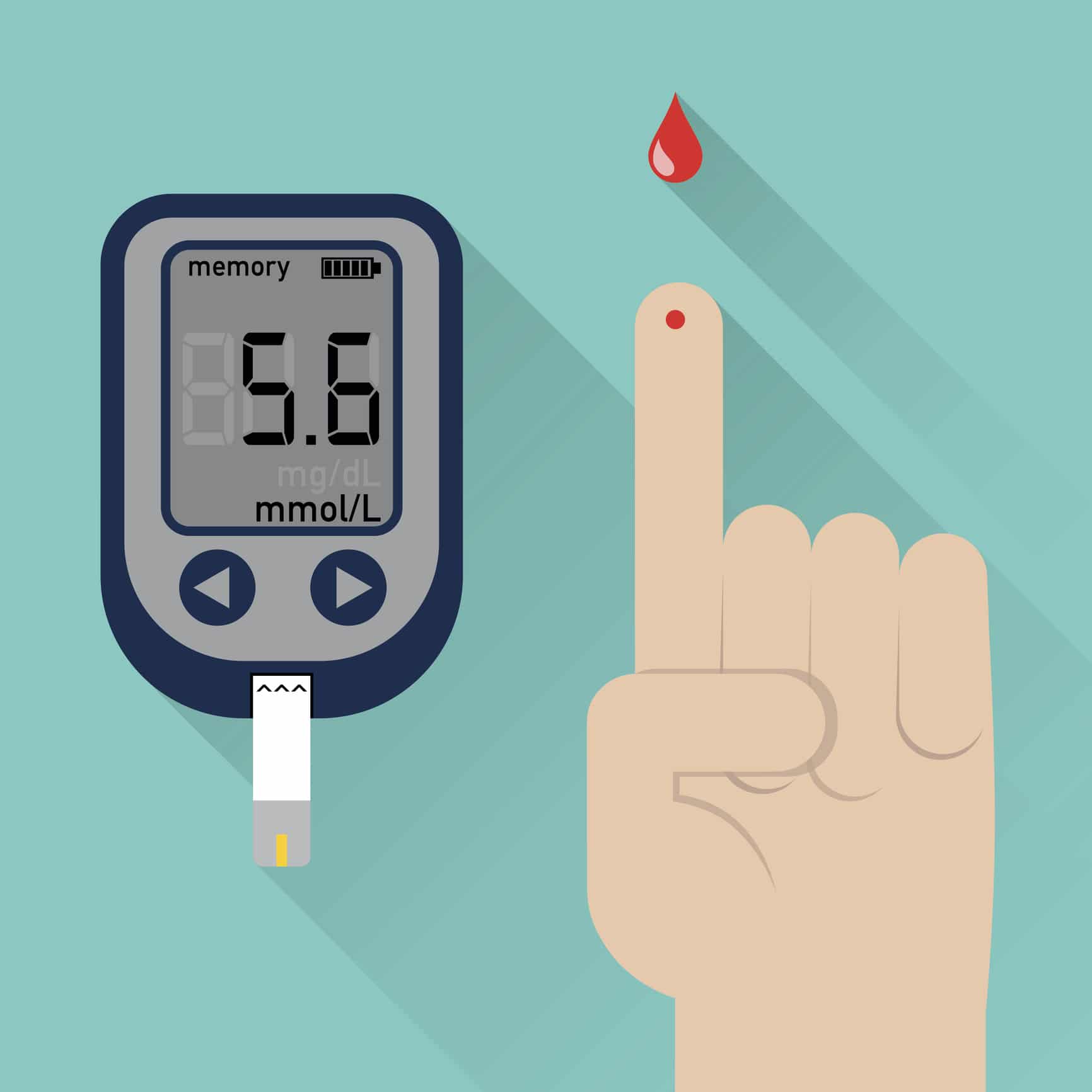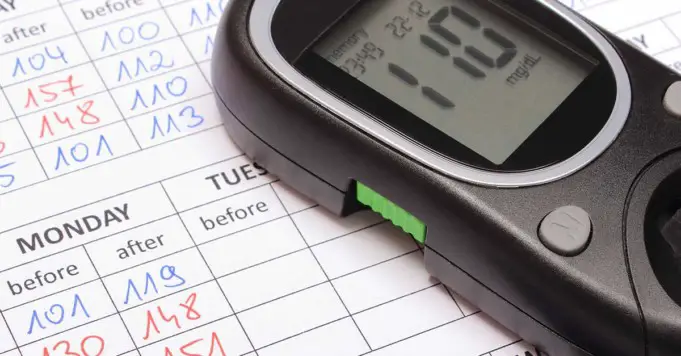A blood glucometer is a portable, automated instruments that measure and indicate your blood glucose level. This equipment is beneficial to people with diabetes.
If a person has diabetes, monitoring their blood glucose level provides them and the doctors with valuable data about how medications, food, stress, and other elements that may affect the blood glucose.
The information will enable a doctor to create a treatment strategy designed to meet patient needs. Various categories of blood glucometers are accessible for easy use. It ranges from basic models that solely scan blood glucose levels to more refined versions that offer features like a memory for storing data.
The price of blood glucometers and testing inventories vary, and insurance may not often provide coverage. So it is advisable to research all options before choosing a glucometer to buy. If you have insurance, check what kind of glucometer your insurance covers.
You might want to consider up-front fees, such as the actual cost of the glucometer and long-term expenses, such as the cost of testing strips and other supplies. Once you’ve purchased a glucometer, please work with your doctor to understand how to make use of it correctly.
How to select a glucometer?
Whether it is the persons’ first blood glucometer or they’ve made use of one for many years and are seeking to upgrade it, there are different questions people should consider before choosing a glucometer:
What type of glucometer did your health care provider suggest that you buy?
These individuals have extensive experience with a range of glucometers and can help guide you in selecting the right one.
What list of glucometer does your insurance cover?
The insurance company you use may have a catalogue of pre-approved glucometers it covers. Also, ensure you find out if and how your insurance will cover the expense of testing strips and other supplies.
What is the price of the glucometer you wish to purchase?
Some glucometers can be expensive, and insurance companies don’t often create allowances for pricier selections. You will have to pay the difference if it surpasses your company’s range.
Moreover, test strips are traded separately from glucometers and can be costly. Insurance firms sometimes put a cap on how many they will pay for yearly or monthly.
How simple is it to use the glucometer?
The testing methods vary for each glucometer. Few employ more work than others. For example, how much blood does the test strip need? Can one effortlessly read the numbers on the screen? These are factors that should be put into consideration when selecting a glucometer.
How much time does the glucometer take to get a reading?
Time is valuable, and while a few seconds may appear to be insignificant, that fraction of time can sum up when you’re testing several times per day.
How easy is it to maintain the glucometer?
Do you find cleaning it simple? Is it quick and easy to understand when the glucometer gives new strips? Does it apply calibration or not?
Can the glucometer store your readings?
Observing your blood glucose numbers is crucial for comprehensive care, so maintaining an account is essential. If you’re comfortable jotting down your numbers in a notebook, you may require a streamlined device that obtains readings but doesn’t document them.
Nevertheless, if you know you would be busy and have a difficult time remembering your numbers, go for a glucometer that has a memory to record the numbers. Some glucometers generate registers that you can be acquired afterwards.
Some produce a downloadable file that syncs with your computer and can be emailed to your nurse or doctor. Always ensure that you check your meter time and date are configured correctly.
Are there any unique features you want your glucometer to have?
If you know you’ll be taking the glucometer with you whenever you have tons of work to do, then you might want the pocket-sized option.
Also, if you have a tough time carrying smaller models, you may prefer a large glucometer encompass with strips that are simpler to utilise.
People with defective vision may prefer a glucometer that possesses a readable screen or verbal commands. Colourful preferences are available for kids.
Other outstanding features include:
- Audio facility for individuals that have eyes defects
- Backlit screens that make reading at night manageable
- Many numbers of memory storage
- Different handling capacities like having the strips conserved in the glucometer or possessing a USB meter
- A glucometer that lists carbohydrate grams and insulin doses with a glucose reading
- Glucometers that can examine blood ketone levels as well as blood glucose levels
Elements that can influence glucometer readings

The precision of test results hinges on several issues, encompassing the integrity of the glucometer and test strips, and how well can you operate the device. Here are additional factors that can impact on your glucose readings:
User method: Error caused by a user is the number one explanation for mistakes in glucose readings. Be sure that you know how to use your glucometer and review examining your blood glucose with your doctor.
Untidy testing areas: Substances like food, drink, or lotion remnant on your hands can affect your blood glucose reading. So make sure you wash and dry your hands before carrying out any test. If you employ the use of an alcohol swab, be sure to let it dry entirely before testing and utilise the second drop of blood, not the initial one.
Climate: Height, moisture, and room temperature can all influence your blood glucose readings by distorting your body or the strips you utilise. Several glucometers come with guidelines on how to obtain proper readings in specific situations.
Different test strips: Testing strips can be costly, so you may be enticed to try generic pieces to economise. Nonetheless, if your meter isn’t constructed to use these strips, your measurements may be affected.
Be sure that the test strips that serve as a replacement are compatible with your glucometer. Similarly, ensure to review the expiration time on your pieces, as outdated parts can provide false results.
Modifications in glucometers or strips: Companies may make changes to their glucometer or test strips. Generic strip producers aren’t often informed when this occurs. In situations like this, testing pieces may become unsuitable with your meter.If you’re sceptical whether a testing strip will work with your glucometer, call the producers of the meter.
Utilising your glucometer appropriately
To confirm precise measurements, carefully examine the instructions given by the manufacturer. It’s also an excellent idea to take your glucometer to your doctor or healthcare team and have them analyse the basis of the device with you.
In the process of being there, check to see how your device’s results correlate with the glucometer at your doctor’s office. It will enable you to know if your glucometer is well-calibrated.
Make sure to let the doctor or team member examine you performing a test so they can verify that you’re using the appropriate procedures.
Take away
There are various types of glucometers in the market that can assist individuals with diabetes. The device can be used to regularly and accurately examine their blood glucose level. Remember to spend time to inform yourself about the numerous options, and inquire information form your consultant.












